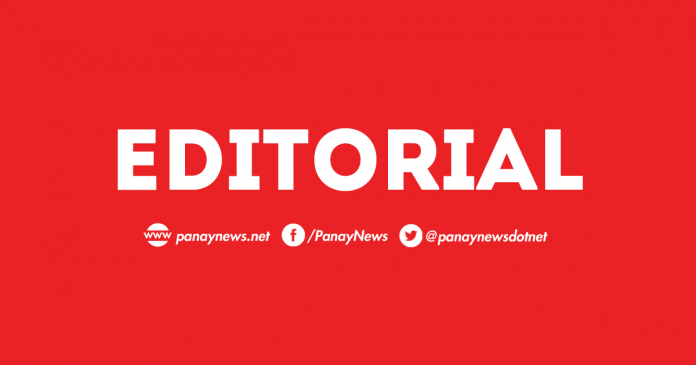
THE RECENT landslide in Barangay Masara, Maco, Davao de Oro is a reminder of the unpredictable ferocity of natural disasters. This tragedy on Feb. 6, 2024 not only resulted in significant distress for the affected communities but also highlighted a critical shortfall in our disaster preparedness strategy: the outdatedness of our hazard maps. The University of the Philippines Resilience Institute (UPRI) has rightly pointed out the urgent need for these maps to be updated, a call to action that cannot be overstated in its importance.
The inadequacy of existing hazard maps was starkly illuminated by the devastation wrought by Super Typhoon Yolanda in 2013. UPRI noted that the hazard maps available at the time grossly underestimated the storm surges, predicting minimal impact when, in reality, surges reached over two kilometers inland. This miscalculation not only exposed the limitations of our mapping but also underscored the potential for catastrophic outcomes when communities are not adequately prepared for the scale of disasters they face.
The need for updated hazard maps is not just about correcting past oversights; it is about anticipating future challenges. Climate change is altering the intensity and frequency of natural disasters, making historical data an unreliable predictor of future events. As such, our hazard mapping must evolve to incorporate climate change scenarios and consider hazards of a magnitude beyond our previous experiences. This forward-looking approach is essential for crafting effective disaster preparedness strategies that can mitigate the impacts of such events on vulnerable communities.
But the call for updated hazard maps extends beyond the realm of academic advocacy. It is a practical necessity for local government units nationwide, which rely on these maps for flood forecasting and to warn residents of potential dangers. While current systems can predict floods and other hazards to some extent, they fall short in identifying landslide triggers in specific areas. This gap in our disaster preparedness framework highlights the critical role that accurate, up-to-date hazard maps play in ensuring the safety and resilience of communities.
UPRI’s efforts, including the development of platforms like noah.up.edu.ph to identify safe locations during natural disasters, are commendable steps toward enhancing our disaster response capabilities. However, these initiatives must be supported by a concerted effort to update our hazard maps. Doing so is not merely an academic exercise but a moral imperative to safeguard the lives and livelihoods of millions of Filipinos living in disaster-prone areas.







